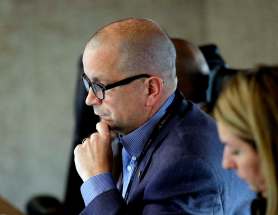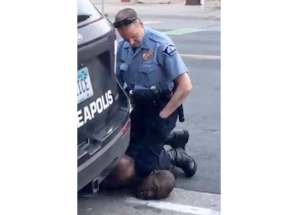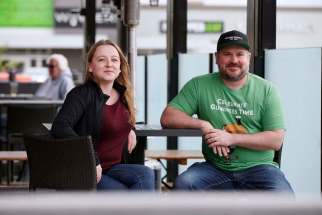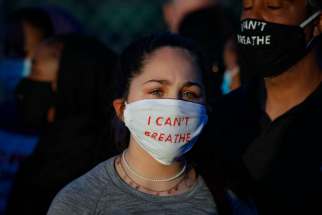Out of breath, out of time A black man's gruesome death ignited America's long-tolerated social inequality in a rage-fuelled fireball, blowing embers across the border that must not be ignored
Read this article for free:
or
Already have an account? Log in here »
To continue reading, please subscribe:
Monthly Digital Subscription
$19 $0 for the first 4 weeks*
- Enjoy unlimited reading on winnipegfreepress.com
- Read the E-Edition, our digital replica newspaper
- Access News Break, our award-winning app
- Play interactive puzzles
*No charge for 4 weeks then billed as $19 every four weeks (new subscribers and qualified returning subscribers only). Cancel anytime.
Read unlimited articles for free today:
or
Already have an account? Log in here »
Hey there, time traveller!
This article was published 31/05/2020 (1424 days ago), so information in it may no longer be current.
George Floyd said he couldn’t breathe. That should’ve been all that mattered. He said he couldn’t breathe, and he kept saying it for at least three minutes, until he fell limp and unconscious and could not speak again. It would take another five minutes for police officer Derek Chauvin to finally take his knee off Floyd’s neck.
Throughout the incident, captured on video, Chauvin looked unruffled, almost casual. He said little even as the voices of bystanders grew increasingly desperate, begging Chauvin and three other officers to take the pressure off Floyd’s neck and body, or to check the man’s pulse, or to do anything at all to help him.
“He’s not responsive right now!” one witness shouted, over and over, his voice escalating with worry.
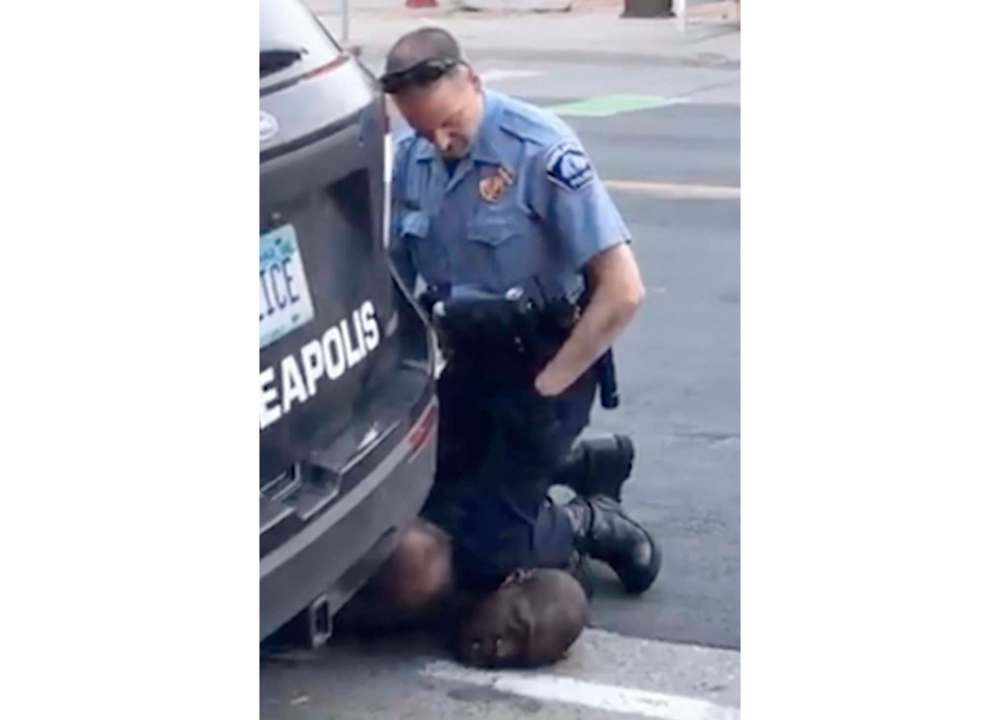
Chauvin’s primary response was to briefly threaten the witnesses with pepper spray. Other than that, he did nothing. He didn’t make any move to check on Floyd’s well-being; in fact, he kept pinning the unconscious man face down on the ground even after paramedics arrived.
All this over a call that began with an allegation of such little urgency and threat as a counterfeit $20 bill.
There is an unbearable horror in this, in the way Floyd’s killing unfolded over nearly 10 minutes, almost in slow motion. It must not be forgotten. Everything that has exploded out from that moment, all the cries of grief and pain and rage born from decades of injustice, began with the cold cruelty of that indifference.
Chauvin was indifferent to whether the black man under his knee lived or died. So were the other officers. They stayed indifferent even as the struggling man gasped for breath and begged for his life; indifferent after it became glaringly apparent to everyone else at the scene that Floyd’s health was in crisis.
The level of inhumanity in that indifference is bone-chilling to watch. It is also grotesquely instructive. To see it is to know that we can no longer ignore the structures that give that indifference, which is so often influenced by racism against black and Indigenous folks, the power and position to kill.
The status quo cannot remain. It is beyond time for change.
What that change could and should look like will require a complex and difficult discussion. The good news is that it has already been started, by dedicated advocates and researchers who have spent decades envisioning a future where community safety looks very different than the way it has over the last century.
Within these visions, there are a multitude of variations: from short-term fixes to long-term shifts, from incremental reforms to outright police abolition. Each of these ideas has its own merits, worthy of consideration; some provoke more controversy than others, but there is no harm in exploring any of them in some depth.
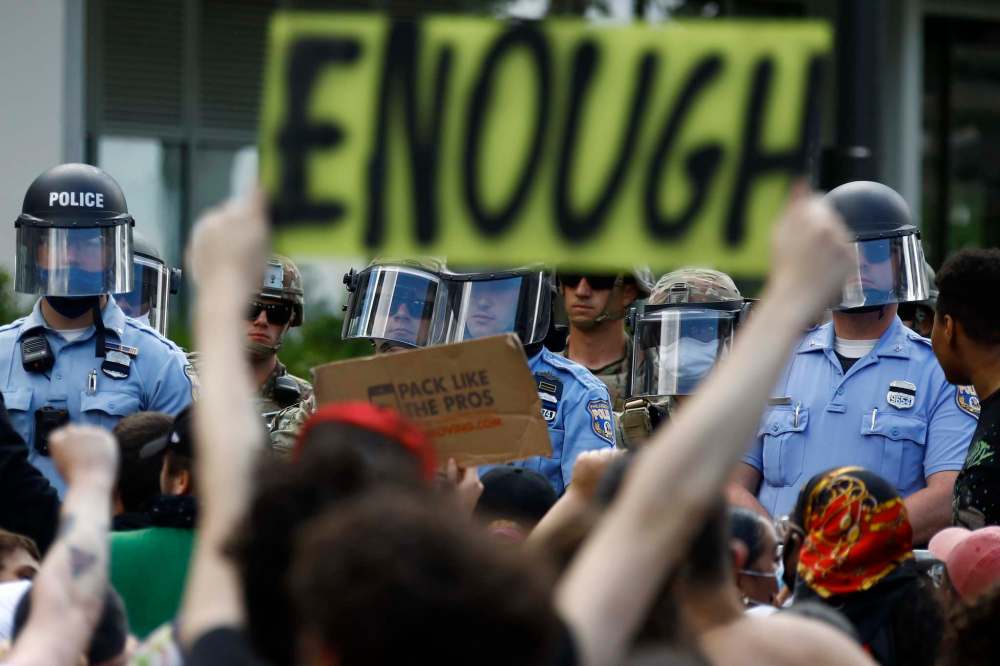
These ideas include but aren’t limited to: more community oversight; more and better de-escalation training; stricter use-of-force and misconduct policies with more transparency around officer discipline.
It’s notable that Chauvin had 18 previous complaints filed against him, two of which led to discipline, but we can know little about them.
The list of ideas goes on to include: mandatory bodycams in all jurisdictions; alternative, specialized rapid-response teams that can deal with some socially vulnerable situations that currently fall to police, such as mental-health crises; and expanding restorative justice offerings to handle some forms of conflict without police intervention.
Finally, there is the proposal to defund police altogether, replacing them with other models of community safety and protection. For those who have generally felt safe around police, it’s hard to imagine; but we should not let that stop us from simply exploring the question of what that might look like, and how it could help.
All of these ideas and more should be heard from local to international levels. It may be that what works best for one community may not be the right fit for another. But nothing should be off the table. If there is one thing we can hear loud and clear from the protests that have shaken the streets, it’s that the time for change is now.
One last thing. While working on this column, I suddenly realized that I had been so consumed by the news of the protests, that I actually knew almost nothing about who George Floyd was. Along with millions of others, I’d paid a horrible sort of witness to his death; I knew much more about that than his life.
So here are a few things about Floyd that ought to be remembered, that his family wants us to know. He grew up in Houston, where he was a star basketball and football athlete; his friends and family describe him as a “gentle giant” with a “gentle spirit,” a positive person who tried to motivate others.
He moved to Minneapolis for work, where he took a job as a security guard at a nightclub. Customers remembered how he greeted regulars with big hugs. In one recent social media video, he spoke with care and passion against gun violence. He had a fiancee who adored him. He was loved.
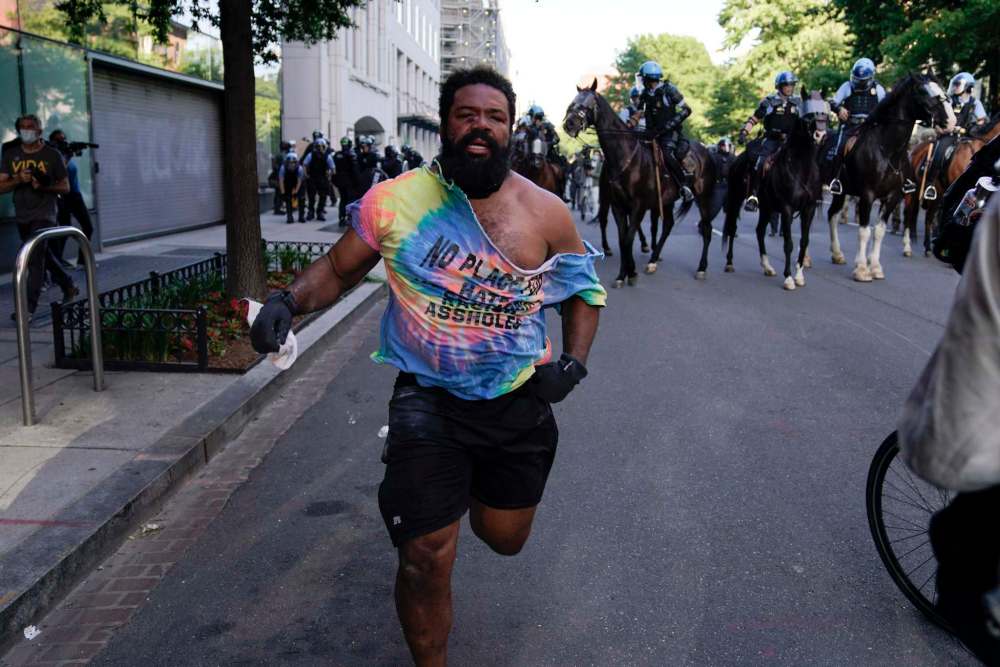
Let his death not be in vain. From Washington to Winnipeg — where a rally organized by members of the city’s black community is planned for 6 p.m. Friday at the legislature — and from Minneapolis to Miami, millions have raised their voices, crying out for change. That tide is sweeping the world now, and it will not wait.
melissa.martin@freepress.mb.ca

Melissa Martin
Reporter-at-large (currently on leave)
Melissa Martin reports and opines for the Winnipeg Free Press.










